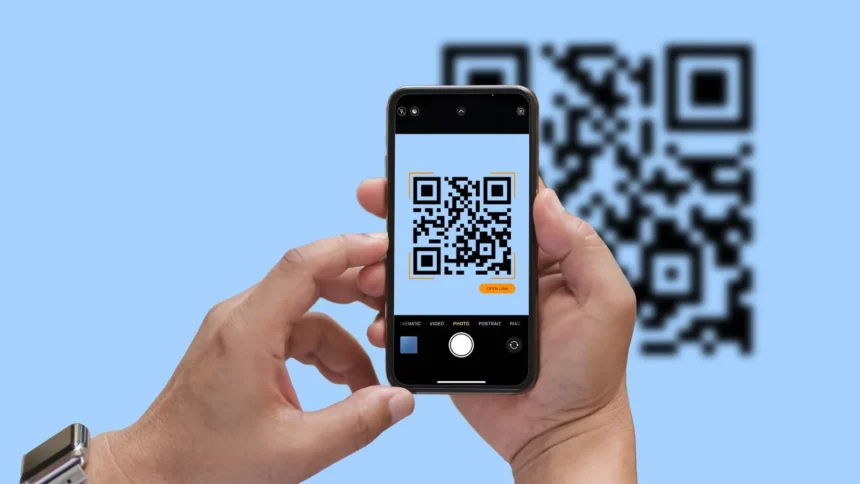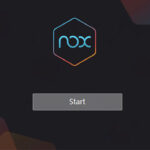As the digital and physical worlds overlap more than ever before, QR codes have sneaked their way into being one of the most powerful tools bridging the two worlds. Something that was once a specialized technology—a tiny, square, and barely visible spot—is now everywhere: on restaurant menus, on store packaging, on event tickets, and even on art. But beyond mere convenience, QR codes are transforming the way we engage, shop, and engage with brands and experiences that are both natural and intimate-feeling.
From Curiosity to Ubiquity: The Rise of QR Codes
Remember the initial QR code scan? For the majority, it was a new or a baffling experience, typically alongside downloading an app or visiting a site. Now consider how widespread QR codes are now. Their resurgence was due to the pandemic-driven worldwide rush toward touchless experiences, but the trend is not going away.
Why? Because QR codes are simple, malleable, and traceable. They have the potential to take a consumer from curiosity to action in a snap. From unlocking a hidden menu item at a cafe to downloading a book on the fly from a promotional advertisement, QR codes are transparency gates to more profound experiences.
Personalization in the Palm of Your Hand
Perhaps the most thrilling application of QR technology is personalized experiences. Picture going into a boutique and scanning a QR code on a mannequin and having instant access to a range of items based on your previous buys. Or going to a music festival and scanning a code to have an exclusive playlist created specifically for your listening style.
QR codes are no longer just static links—dynamic bridges that adapt content to the individual. For creators and brands, that means every scan is informative: who viewed, when, and how. That data can drive the next action in the user experience, closing a feedback loop of personalized engagement that’s personal, not intrusive.
The Intersection of Creativity and Utility
Beyond commerce, QR codes are becoming an avenue for expression. Artists, galleries, and museums incorporate QR codes as part of their show to offer more depth or hidden layers of storytelling. One patron can scan a code next to a painting to hear the artist speak or see a short video regarding inspiration for the artwork.
Despite lifestyle and travel blogging, QR codes provide readers with an interactive experience. Such as reading about an unknown Parisian café and being able to scan a code to see the 360-degree look at the café, its menu, or even book a table immediately. This incorporation makes passive reading an active discovery.
QR Codes in Everyday Life: Convenience and Security
We typically understate the ubiquity of QR codes in our daily lives. Now they are indispensable parts of items like:
Payment: Mobile wallets and person-to-person payment platforms often utilize QR codes to enable quick contactless payments.
Ticketing and Reservations: Getting on a plane, going to a concert, or reserving a table at a restaurant is now possible without paper or even direct human interaction.
Product Authentication: With fake products lurking at every turn in this day and age, QR codes support product authentication, giving consumers assurance in a quick scan.
There is a price for convenience. It is vital that users feel assured about the source of QR codes they are interacting with, and businesses need to ensure their codes are safe and don’t direct to dangerous content.
The Future: QR Codes as Gateways, Not Just Links
As virtual reality (VR), augmented reality (AR), and the Internet of Things (IoT) become mainstream, QR codes will be the gateways to those immersive universes. Scanning a code could transport you into a virtual store, an AR treasure hunt, or a crowdsourced artwork.
For content creators, bloggers, and lifestyle enthusiasts, it is a new universe. QR codes can make online content tied to offline experiences, creating an end-to-end storytelling platform. Your viewers can interact with your recommendations in real life, from trying out a recipe to shopping a sponsored closet or finding a hidden travel spot.
Making QR Codes Work for You
If you’re a brand or a creator, here’s how to integrate QR codes effectively:
Be Purposeful: Don’t just use QR codes for the sake of it. Ensure every scan provides tangible value.
Design Matters: QR codes don’t have to be ugly. Custom designs that reflect your brand can enhance engagement.
Track and Adapt: Use analytics to see how users interact with your codes. This data informs future campaigns and experiences.
Inform Your Audience: While everyone is aware of QR codes, a subtle call-to-action (“Scan for a surprise!”) can encourage action.
Final Thoughts
QR codes have evolved a long way from being simple links. They are an unobtrusive yet groundbreaking technology that boosts convenience, deepens personalization, and unleashes innovative experiences. As the physical and digital realms come nearer and nearer, QR codes will be a significant connector in our everyday lives.
Whether you’re a consumer seeking convenience, a traveler craving immersive experiences, or a brand aiming to engage your audience more meaningfully, QR codes offer an elegant, seamless bridge between curiosity and discovery.









